Glenn Martens’ thrilling Maison Margiela debut was a balancing act between past, present and future
The Belgian designer made his debut for the house last night with a collection that looked towards medieval decoration for a new expression of opulence
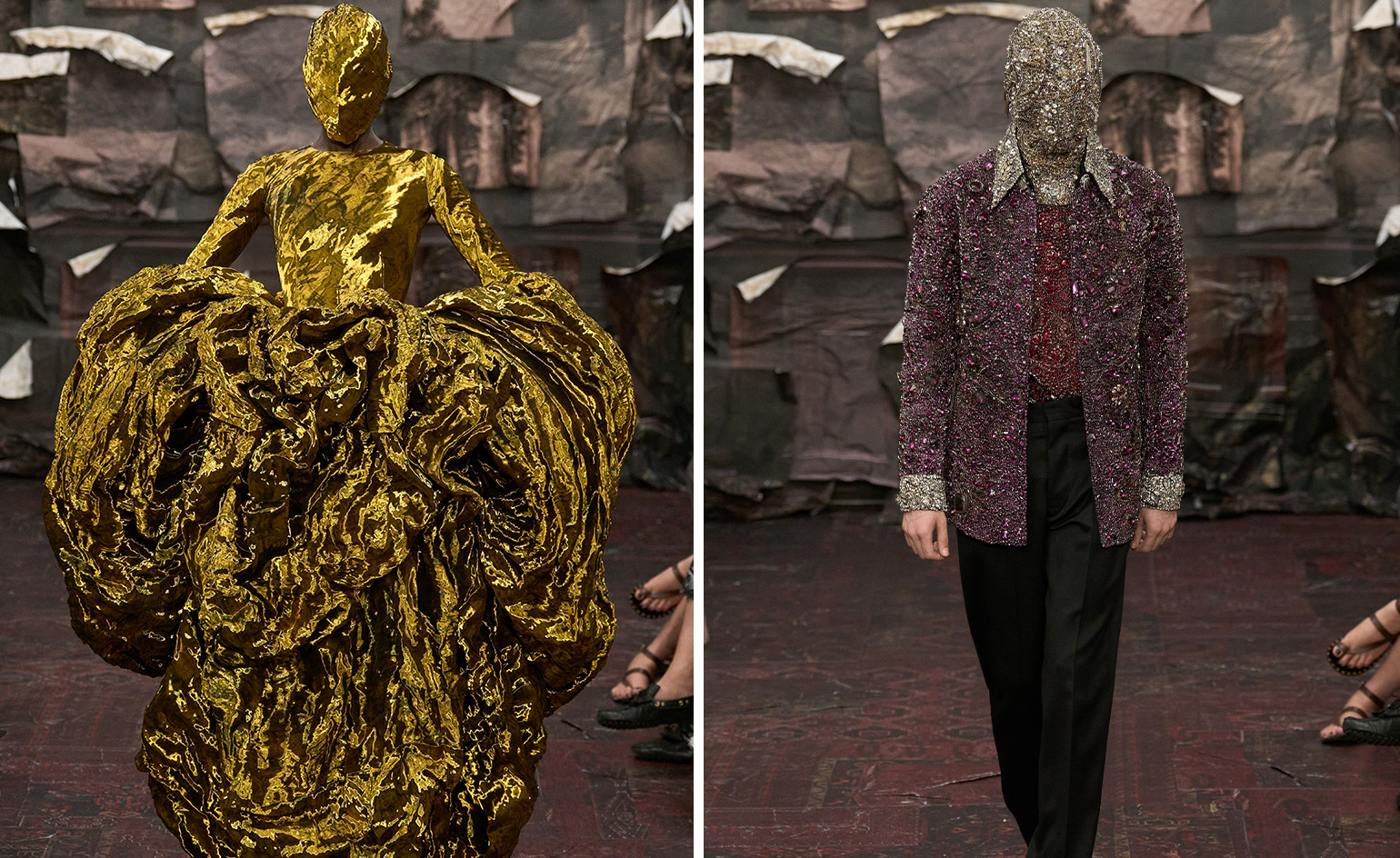
His task was unenviable: to follow two of fashion’s most influential – and singular – designers, Martin Margiela and John Galliano, both much referenced, and in the fashion world, beloved. But on a warm evening in northern Paris last night (9 July 2025), far from the preen and polish of the A/W 2025 haute couture shows in the 1st arrondissement, Belgian designer Glenn Martens delivered a thrilling debut collection as creative director of Maison Margiela, which promised to ‘reclaim [the house’s DNA] with elegance’.
The show unfolded in the subterranean basement of Le Centquatre – a cultural centre in the city’s 19th arrondissement – where guests took their seats in various rooms amid a paper collage evoking what Martens said (somewhat cryptically) were ‘six different palatial interiors’. Crumpled, creased, and peeling from the walls like posters, they evoked Martin Margiela’s love of trompe l’oeil but also suggested a kind of faded grandeur – contemporary art installation and stately home all at once.
Glenn Martens’ Maison Margiela debut
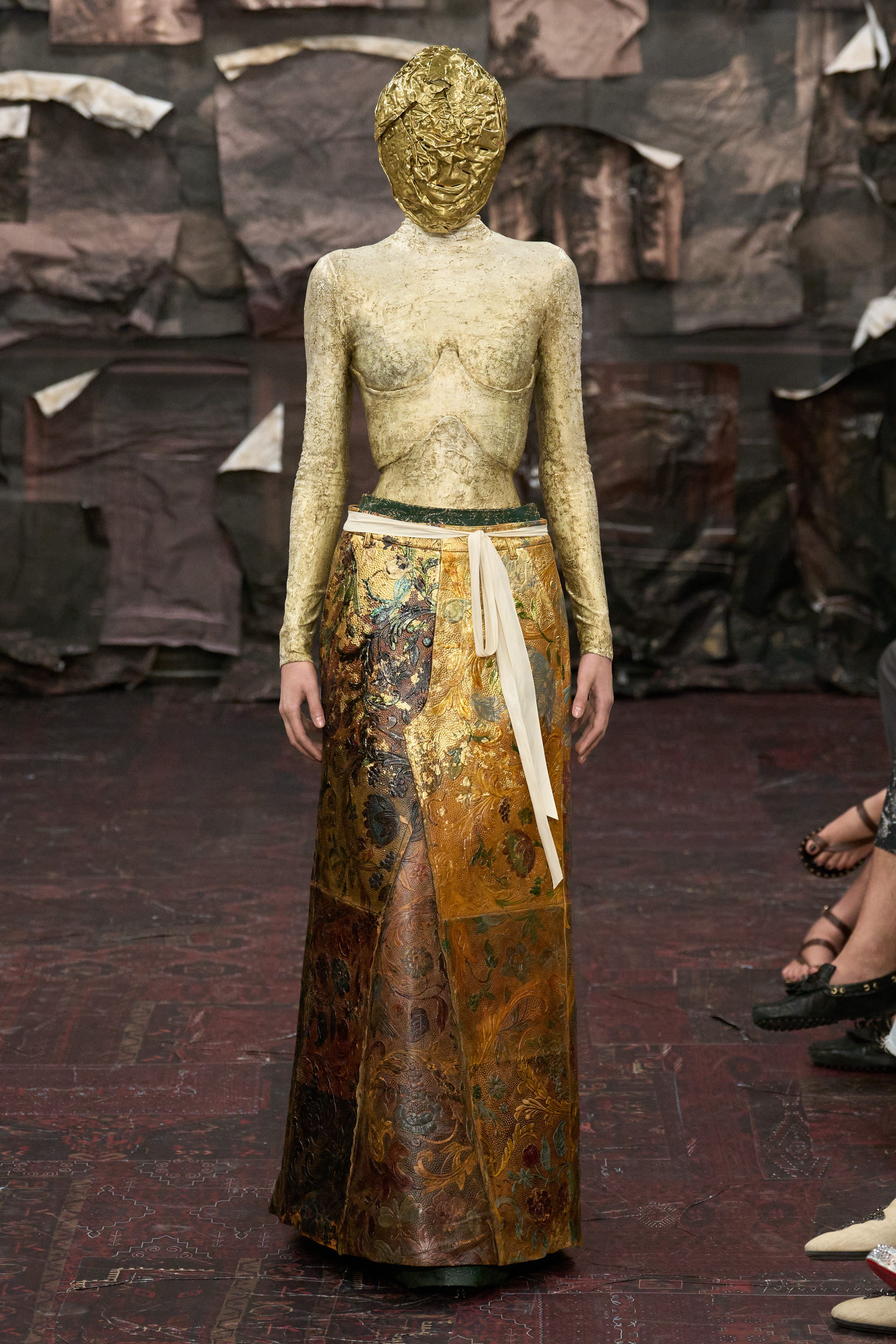
Prior to the show, Martens had told Vogue Business that he felt as if Martin Margiela’s legacy had been referenced ad infinitum: ‘I love this house for its founding DNA, but definitely a lot of that DNA has been fully plundered; literally plundered,’ he said. It is something from which even he is not immune – his 11-year tenure at Y/Project was certainly influenced by his compatriot’s deconstructionist impulses.
And in the show, Martens did embrace one of Martin Margiela’s most enduring motifs: the mask, which first appeared in the Belgium designer’s S/S 1989 debut collection, held at a Parisian nightclub, and would become symbolic of his own desire for anonymity (Martin Margiela would not appear in public or undertake personal interviews, only replying to questions via fax as a collective ‘we’ of the Margiela atelier). Here, the masks came in battered metal, adorned with shattered crystals, or were constructed from feathery slices of sheer organza or appliquéd lace.
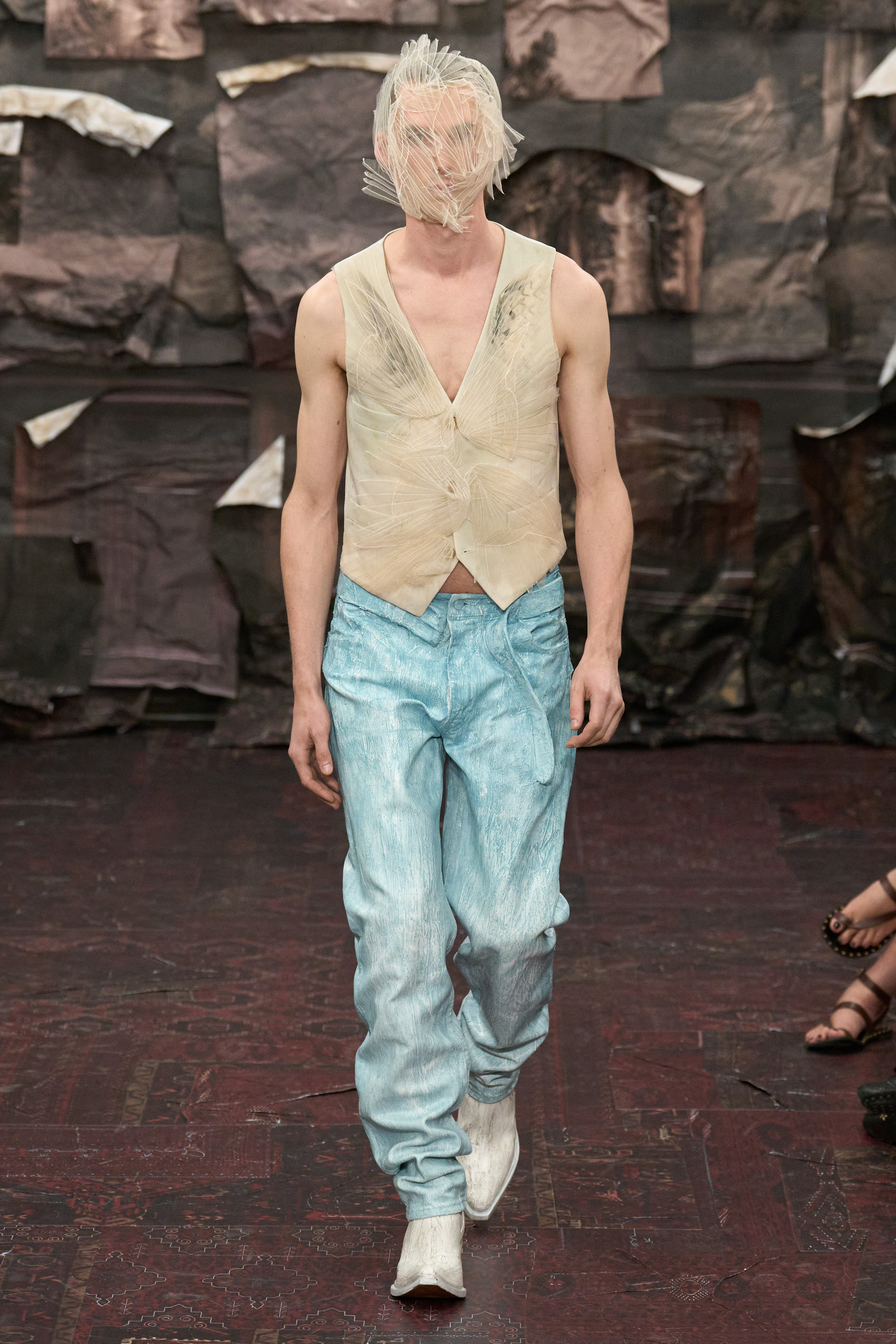
But there was new opulence to Martens’ vision. The designer said he had been looking towards the ‘medieval architecture and atmosphere of Flanders and the Netherlands’, which was conjured in rich layers of fabric manipulation. There were enormous undulating gowns in ripples of molten metallic organza, others that dramatically pinched the waist or appeared to be painted to evoke stone – ‘statuesque forms evoke the (saintly) figures of church façades’, read the collection notes – while a rich melange of jacquards, printed Renaissance motifs and embossed leather, recalling 16th-century Flemish wallpaper, were sliced and patchworked together. In the sense of collage, garments seemed to exist outside of time completely – a balancing act between past, present and future.
The collection was part of Maison Margiela’s Artisanal line, an elevated, couture-adjacent offering that is nonetheless largely constructed from found objects (it was inaugurated in 2006, long before the word ‘upcycling’ had even entered fashion parlance). Early collections were constructed from antique lace and worn-in blue jeans, or the silk of linings, and here Martens undertook a similar task – prior to the show, he said that much of the collection’s materials had come from garments sourced at Guérissol, a chain of Parisian thrift stores. Even the masks had been shaped from discarded metal boxes, while other looks were intricately pieced together from old costume jewellery. Here, carefully treated, they became something spectacular.
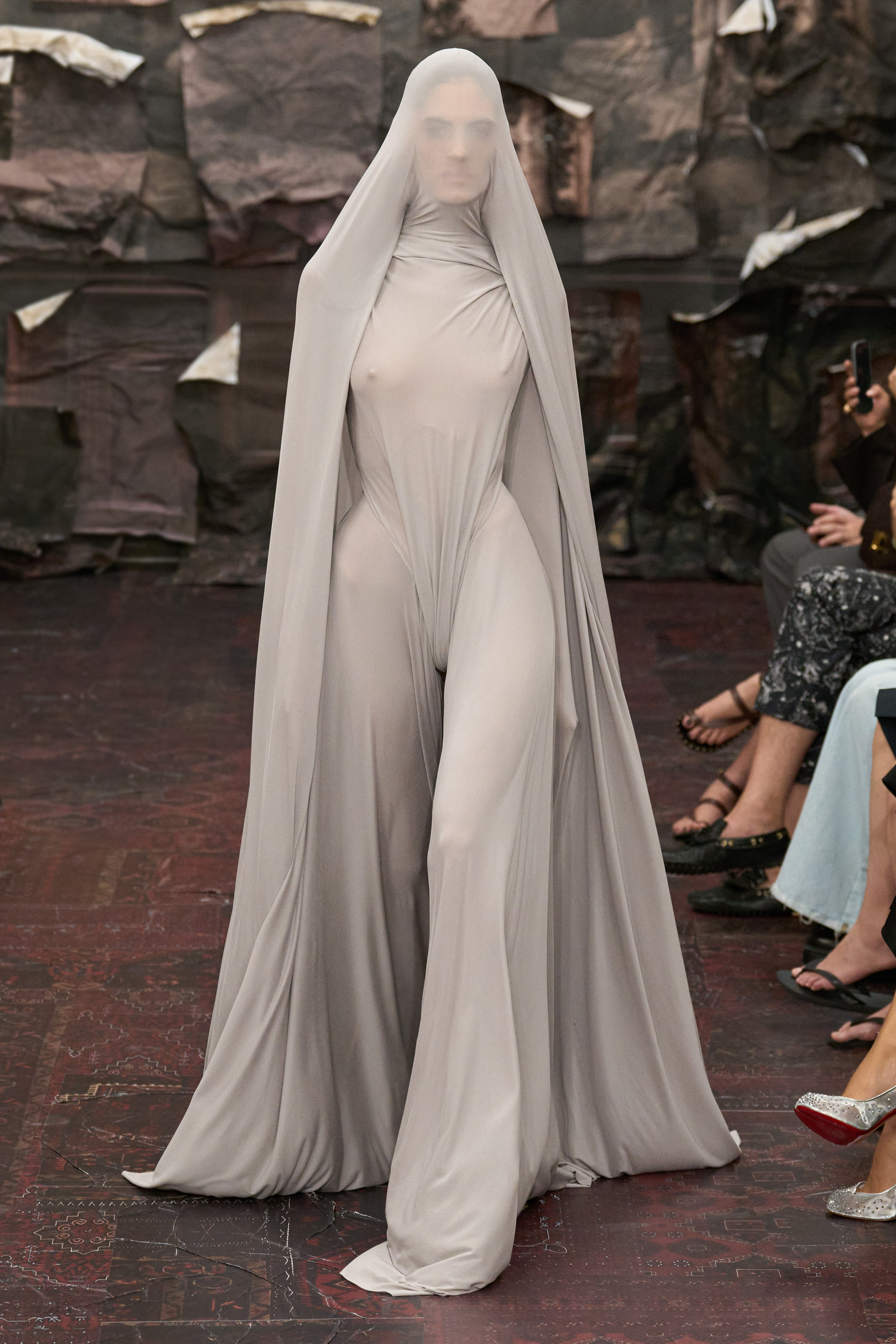
A reverence for the past has long been a part of the Maison Margiela project – from the house’s very beginnings, Martin Margiela treasured found objects, even as he took them apart to reimagine them anew. At Maison Margiela, several decades on, Martens faces a similar task of reinvention and reconstruction – a precarious balance of what to take and what to leave behind. With this confident debut, he seems to have already figured it out.
Receive our daily digest of inspiration, escapism and design stories from around the world direct to your inbox.
Jack Moss is the Fashion & Beauty Features Director at Wallpaper*, having joined the team in 2022 as Fashion Features Editor. Previously the digital features editor at AnOther and digital editor at 10 Magazine, he has also contributed to numerous international publications and featured in ‘Dazed: 32 Years Confused: The Covers’, published by Rizzoli. He is particularly interested in the moments when fashion intersects with other creative disciplines – notably art and design – as well as championing a new generation of international talent and reporting from international fashion weeks. Across his career, he has interviewed the fashion industry’s leading figures, including Rick Owens, Pieter Mulier, Jonathan Anderson, Grace Wales Bonner, Christian Lacroix, Kate Moss and Manolo Blahnik.
-
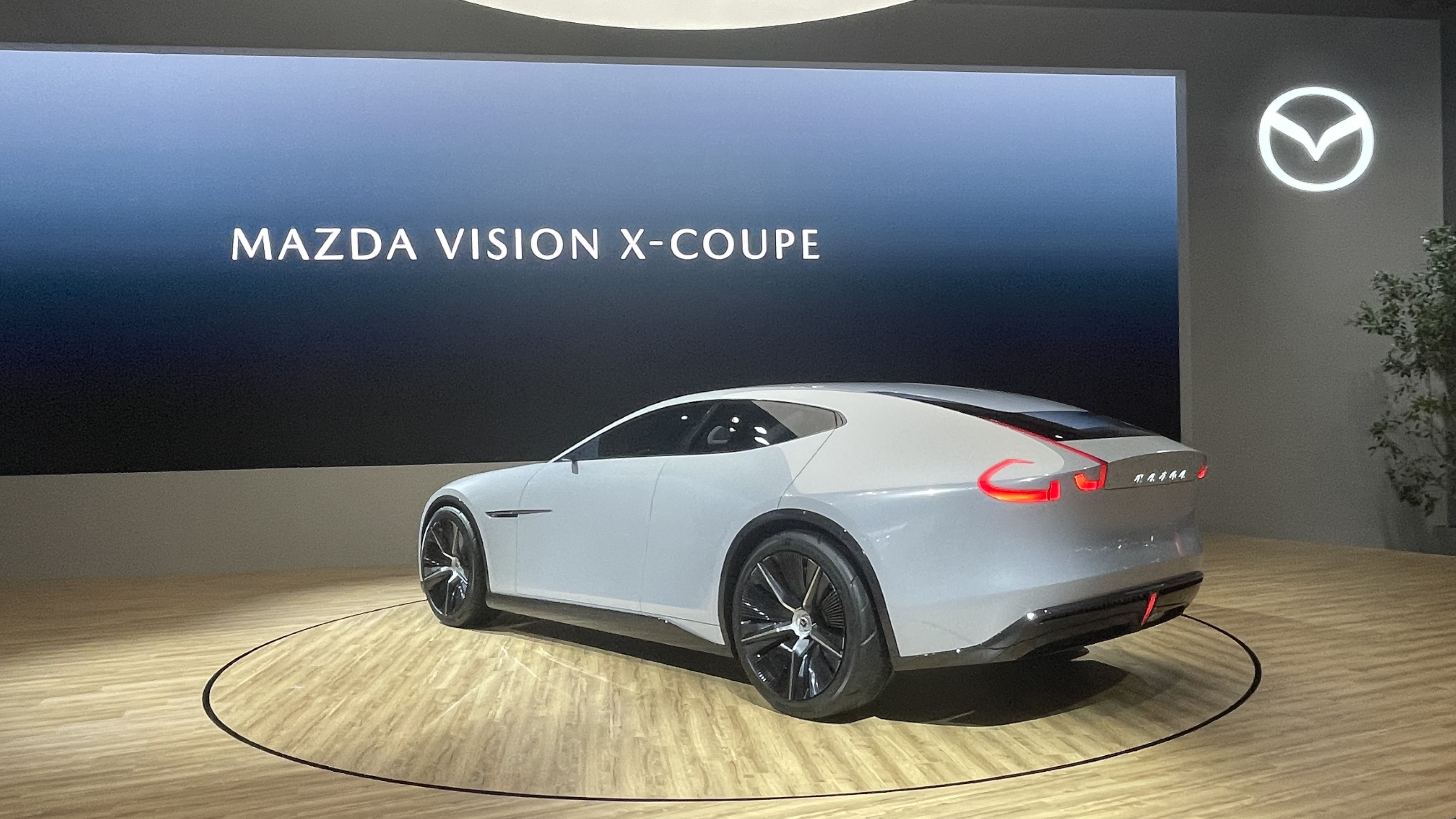 Wheels of the weird and wonderful: how the 2025 Japan Mobility Show met its brief
Wheels of the weird and wonderful: how the 2025 Japan Mobility Show met its briefWe bring you our selection of the ten most futuristic concepts and fascinating forthcoming machinery at Tokyo's Japan Mobility Show
-
 Find solace in the forest at this expansive treehouse retreat in Dorset
Find solace in the forest at this expansive treehouse retreat in DorsetFor sale for the first time, a treehouse, Mallinson’s Woodland Retreat, is a tribute to the skill of designer and master craftsman Guy Mallinson
-
 All hail the compact new Renault Twingo E-Tech – the city car is back in style
All hail the compact new Renault Twingo E-Tech – the city car is back in styleRenault continues to pay homage to its heritage by combining it with 21st-century technology. The new Twingo E-Tech is another winner
-
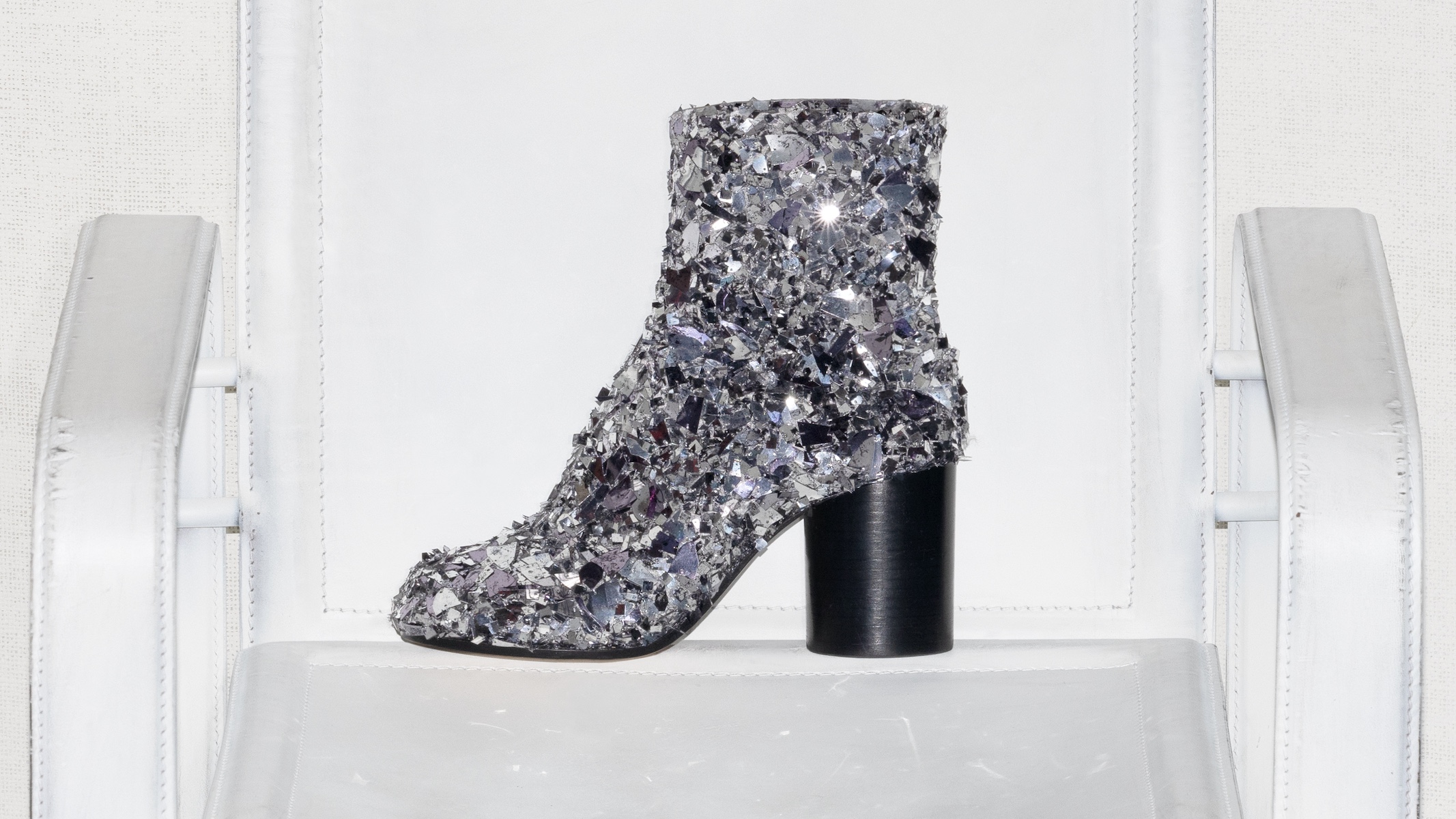 This is your chance to invest in some ultra-rare Maison Margiela Tabi boots
This is your chance to invest in some ultra-rare Maison Margiela Tabi bootsPart of the new ‘Tabi Collector’s Series’, these one-of-a-kind Tabis are adorned with 8,000 hand-embroidered beads, sequins and metallic shards – an ode to the pioneering split-toe style, introduced by Martin Margiela in 1989
-
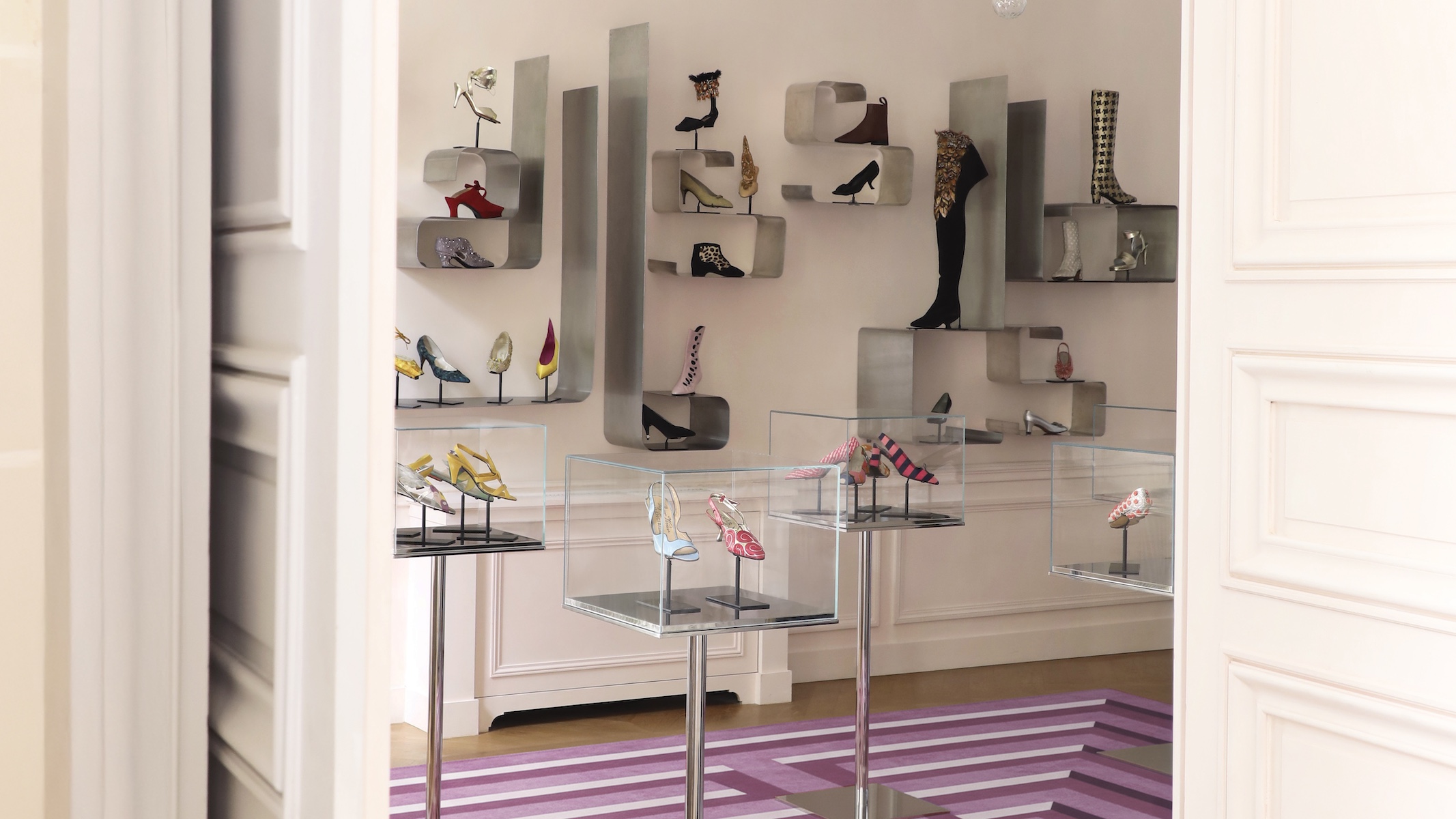 Inside Roger Vivier’s opulent new Paris HQ and archive, a haven for shoe lovers
Inside Roger Vivier’s opulent new Paris HQ and archive, a haven for shoe loversWallpaper* takes a tour of ‘Maison Vivier’, an 18th-century hôtel particulier that houses the French shoemaker’s headquarters, studio and archive – an extraordinary collection of over 1,000 pairs of shoes
-
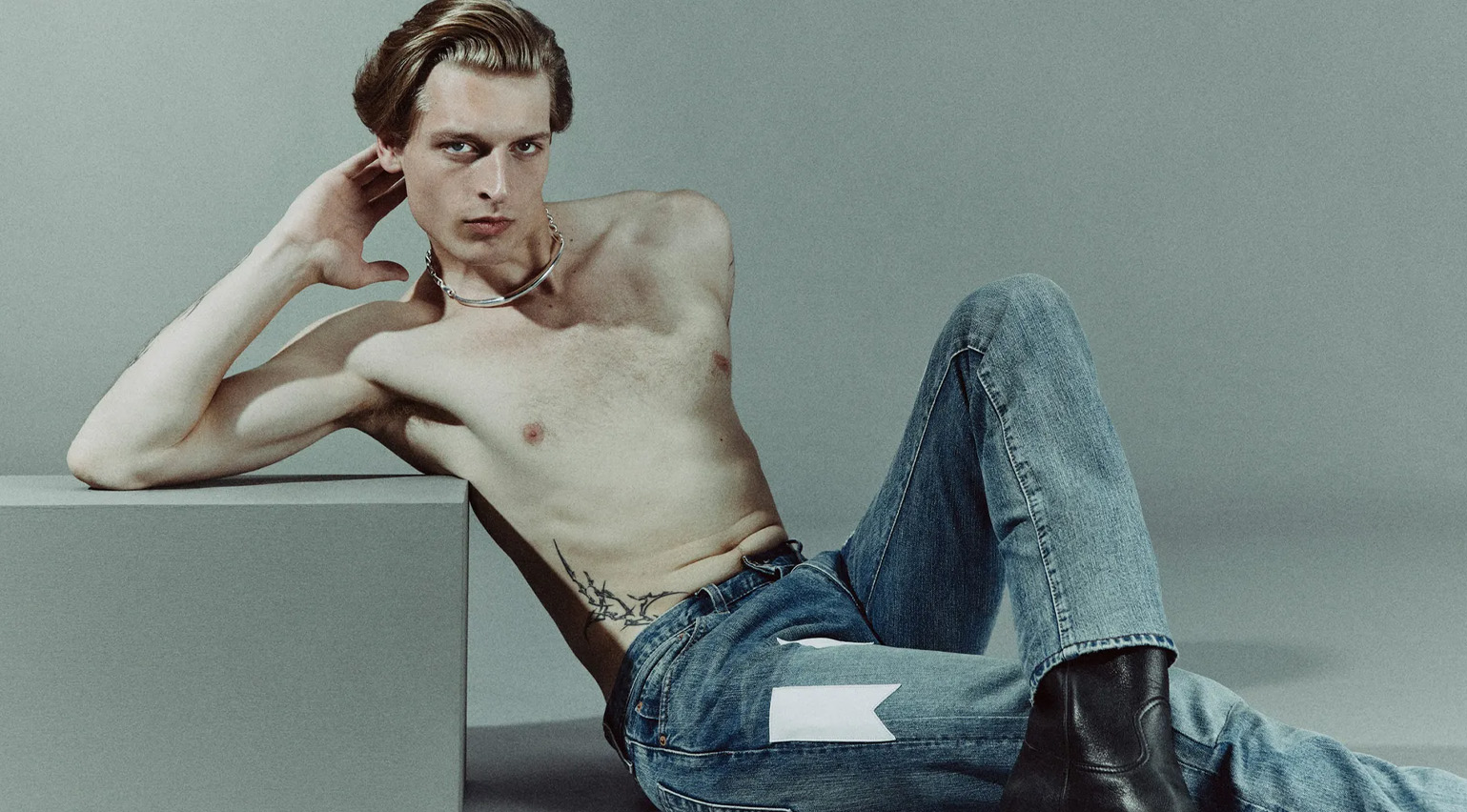 Inspired by Robert Mapplethorpe, A/W 2025’s best menswear captures a ‘menacing elegance’
Inspired by Robert Mapplethorpe, A/W 2025’s best menswear captures a ‘menacing elegance’‘A menacing, seductive elegance,’ is how Anthony Vaccarello described his A/W 2025 menswear collection for Saint Laurent, capturing a mood that ran through the season. Here, as seen in Wallpaper’s September 2025 cover shoot and film, a series of looks that invite a sense of risk when dressing for the months ahead
-
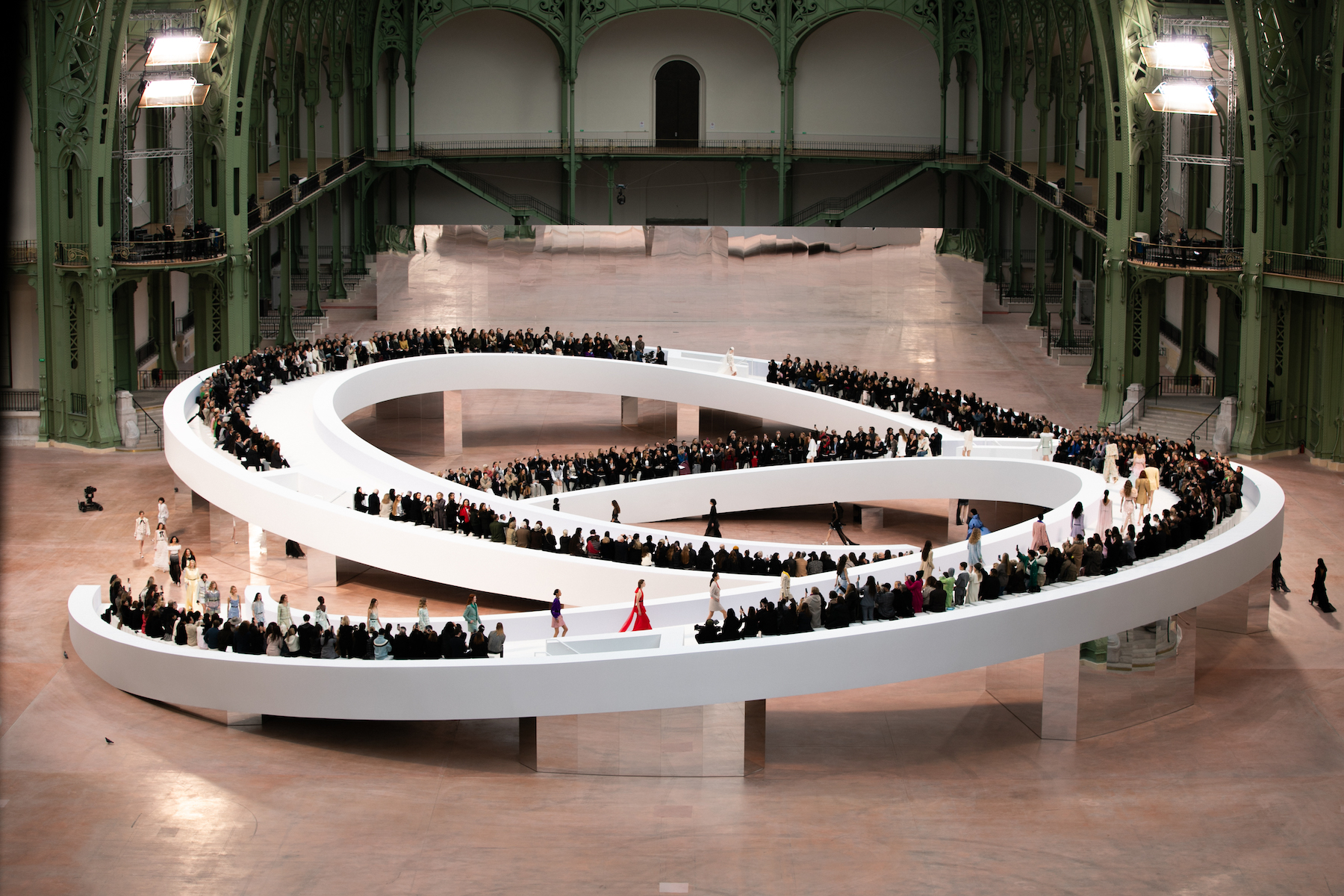 Haute Couture Week A/W 2025: what to expect
Haute Couture Week A/W 2025: what to expectFive moments to look out for at Haute Couture Week A/W 2025 in Paris (starting Monday 7 July), from Glenn Martens’ debut for Maison Margiela to Demna’s Balenciaga swansong. Plus, ‘new beginnings’ from JW Anderson
-
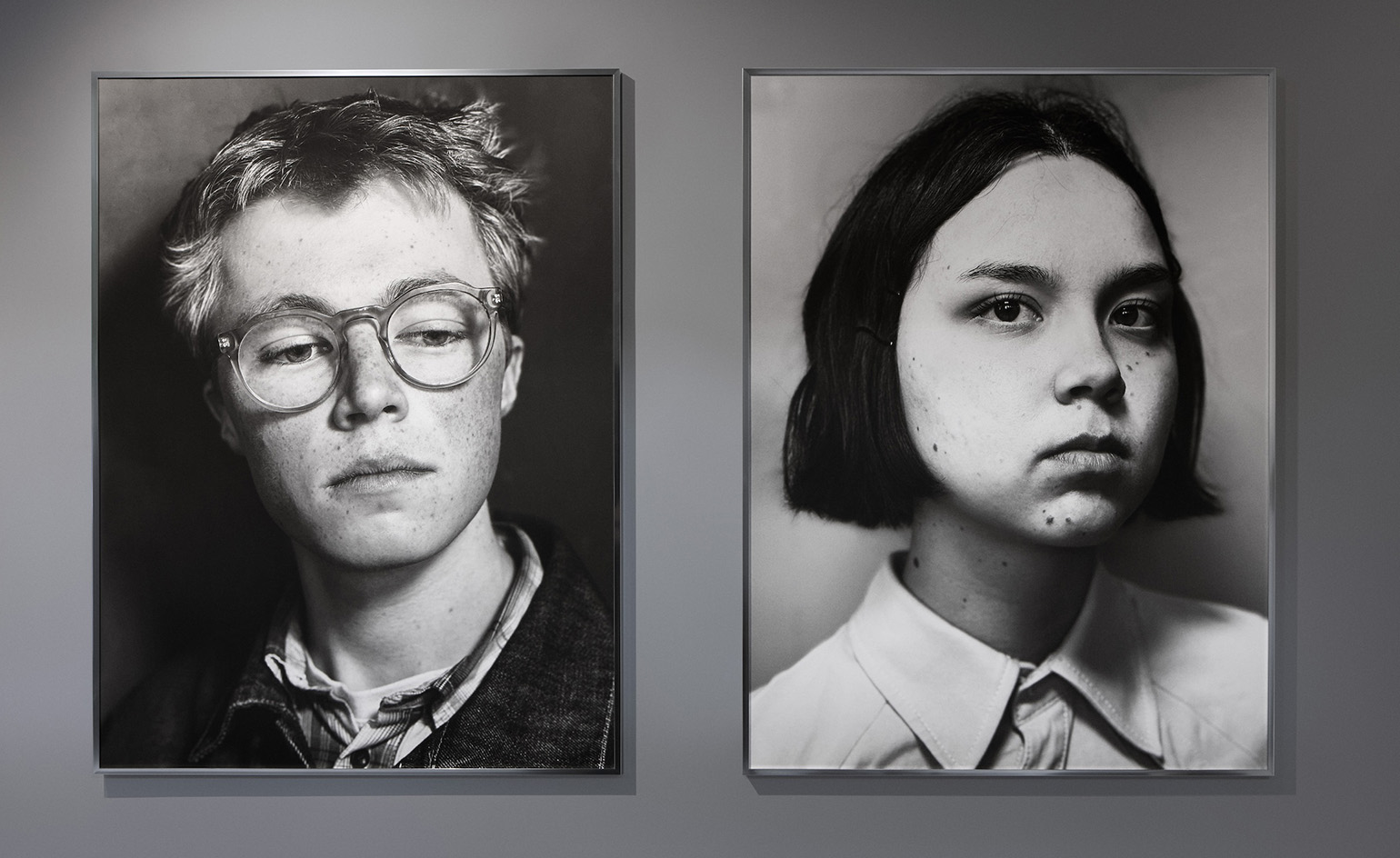 ‘They gave me carte blanche to do what I want’: Paul Kooiker photographs the students of Gerrit Rietveld Academie for Acne Studios
‘They gave me carte blanche to do what I want’: Paul Kooiker photographs the students of Gerrit Rietveld Academie for Acne StudiosHeralding the launch of a new permanent gallery from fashion label Acne Studios, the celebrated Dutch photographer’s new body of work praises the bravery of ‘people who choose to go to an art school at a time like this’
-
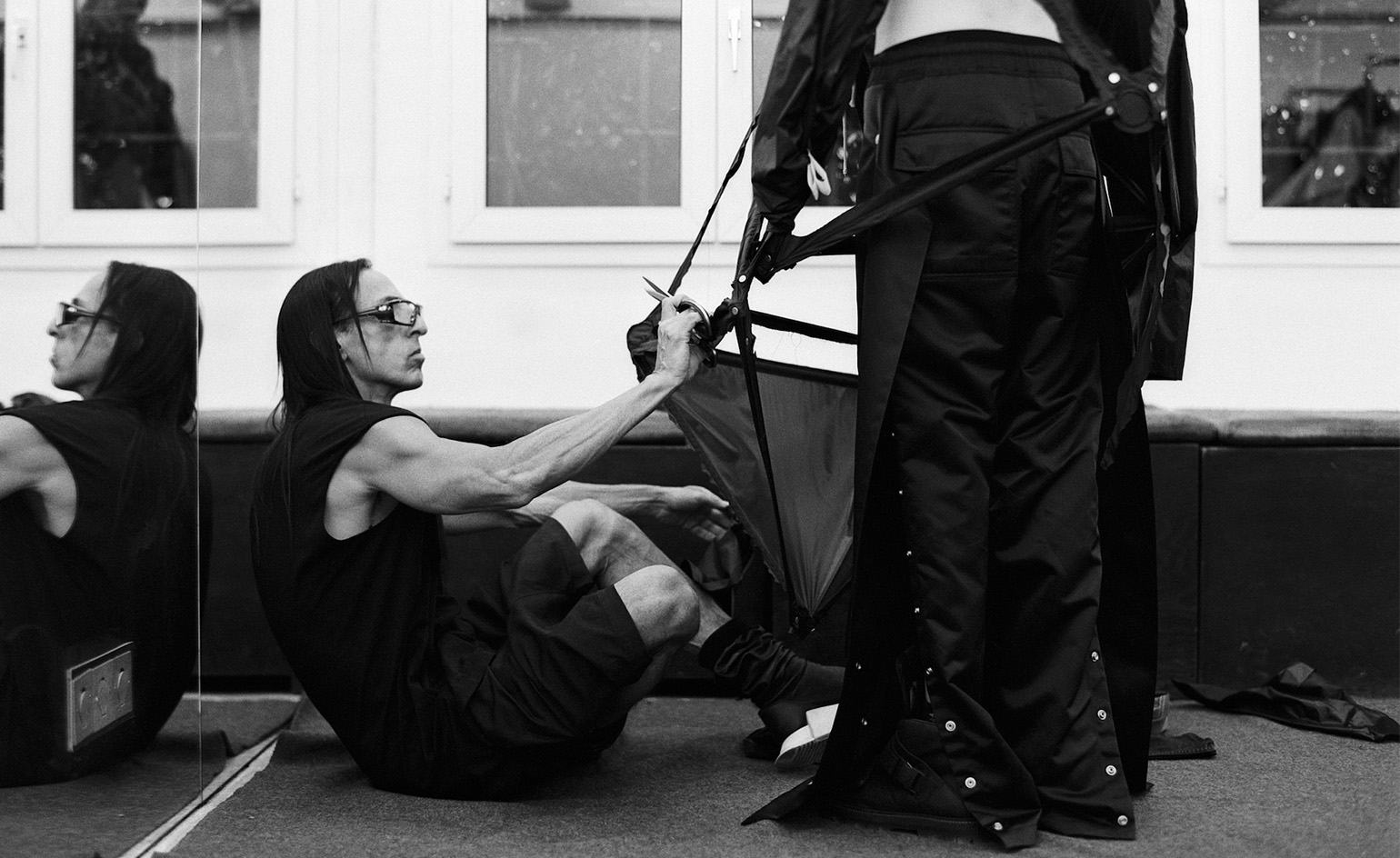 ‘I’m surprised that I got this far’: Rick Owens on his bombastic Paris retrospective, ‘Temple of Love’
‘I’m surprised that I got this far’: Rick Owens on his bombastic Paris retrospective, ‘Temple of Love’The Dark Prince of Fashion sits down with Wallpaper* to discuss legacy, love, and growing old in Paris as a display at the Palais Galliera tells the story of his subversive career
-
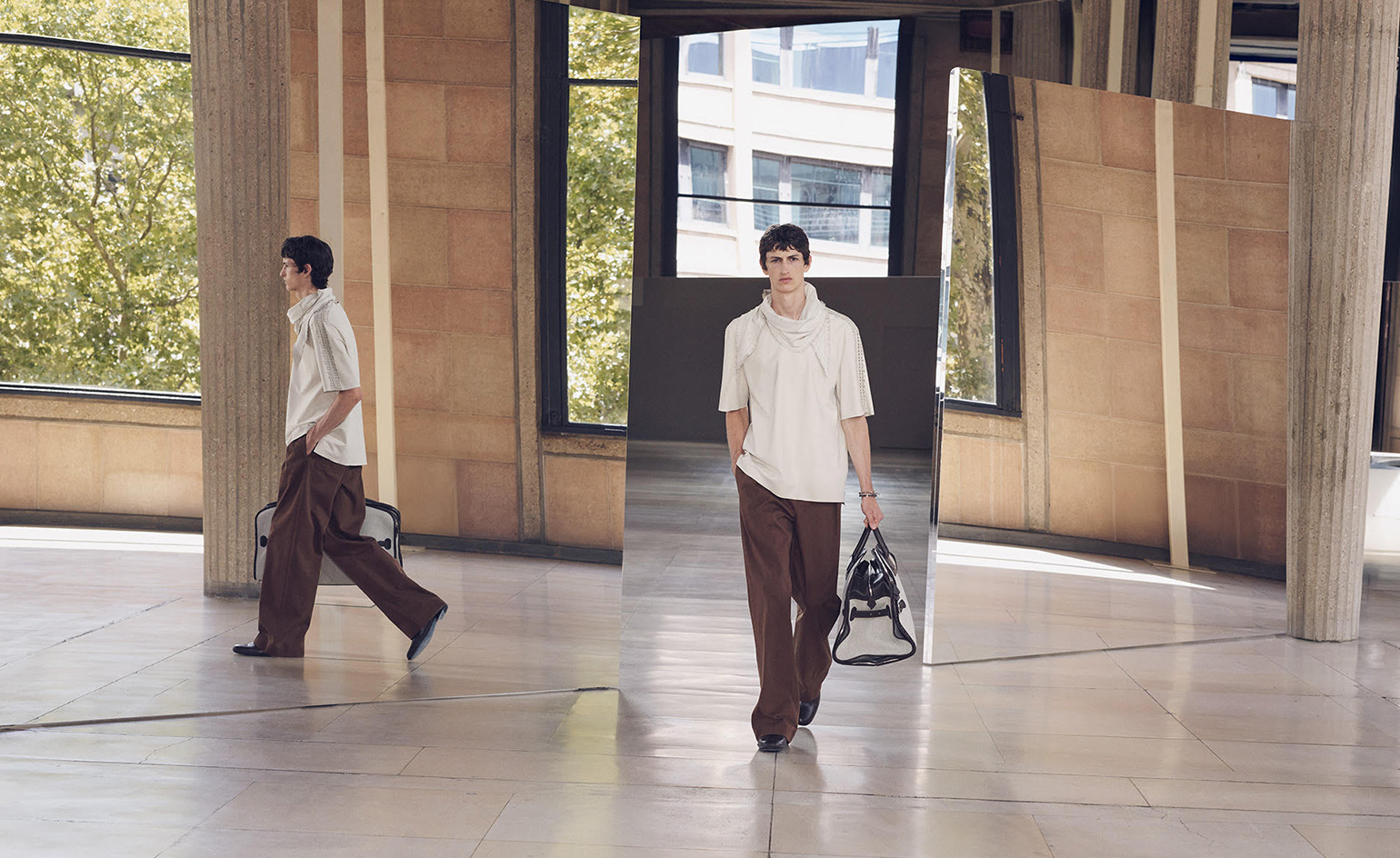 The standout shows of Paris Fashion Week Men’s S/S 2026: Hermès to Craig Green
The standout shows of Paris Fashion Week Men’s S/S 2026: Hermès to Craig GreenWallpaper* picks the very best of Paris Fashion Week Men’s S/S 2026, from Véronique Nichanian’s portrait of summer in the city for Hermès to Craig Green’s return to the Paris runway
-
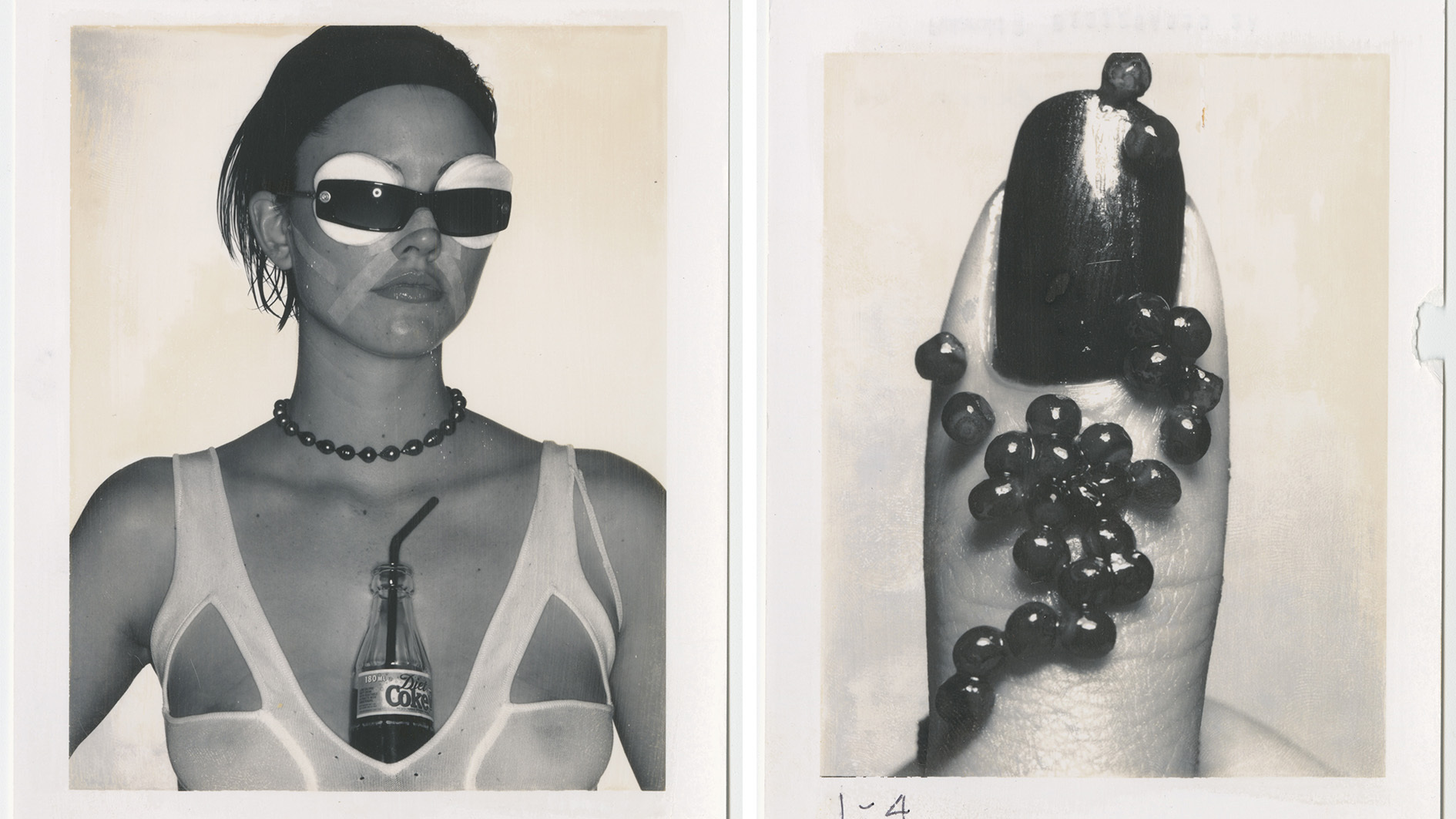 Donna Trope celebrates the power of the Polaroid in Paris
Donna Trope celebrates the power of the Polaroid in Paris‘Polaroids used to be my rejects, and now they are my holy grail,’ says the beauty photographer, as she shows rarely seen images in a Paris exhibition